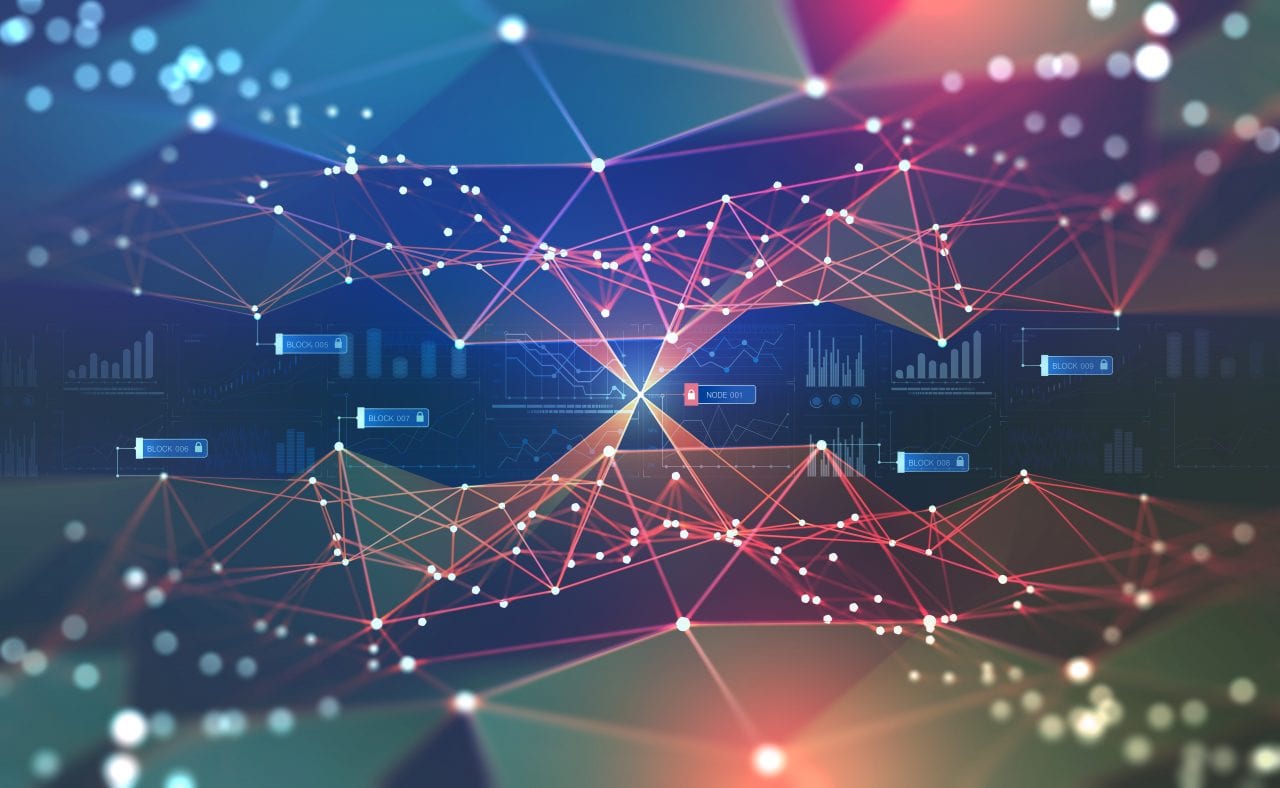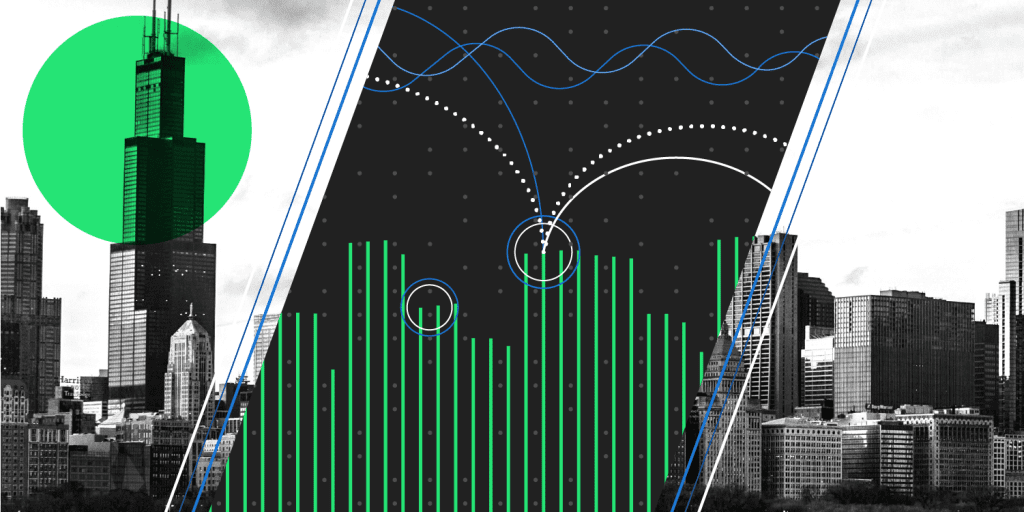Artificial Intelligence is Key: Why the Transition to Our Future Energy System Needs AI
The post Artificial Intelligence is Key: Why the Transition to Our Future Energy System Needs AI appeared first on POWER Magazine.

On any given day, the electric power industry's operations are complex and its responsibilities vast. As the industry continues to play a critical role in supporting global climate goal challenges, it must simultaneously support demand increases, surges in smart appliance adoption, and decentralized operating system expansions. And that just scratches the surface.
Behind the scenes, there's the power grid operator, whose role is to monitor the electricity network 24 hours per day, 365 days per year. As a larger number of lower capacity systems (such as renewables) come online and advanced network components are integrated into the grid, generation becomes exponentially more complex, decentralized and variable, stretching control room operators to their limits.
More locally, building owners and controllers (Figure 1) are being challenged to deploy grid-interactive intelligent elements that can flexibly participate in grid level operations to economically enhance grid resiliency (while also saving money for the building owner).
Outside those buildings, electric utilities collect millions of images of their transmission and distribution (T&D) infrastructure to assess equipment health and support reliability investments. But the ability to collect imagery has outpaced utility staff's ability to analyze and evaluate them.
 1. Building owners and managers are being challenged to deploy grid-interactive intelligent elements that can flexibly participate in grid-level operations to economically enhance grid resiliency-while also saving money for the building owner. Courtesy: EPRI
1. Building owners and managers are being challenged to deploy grid-interactive intelligent elements that can flexibly participate in grid-level operations to economically enhance grid resiliency-while also saving money for the building owner. Courtesy: EPRIOn the generation side, operators are being increasingly pressured by market changes to decrease operations and maintenance costs (O&M) while maintaining, and if possible, increasing production revenue.
So how best to manage these current and future challenges? The solution may lie within another industry-artificial intelligence.
If you step back for a moment you realize there are two (separate) trillion-dollar industries-the energy industry and the data and information industry-which are now intersecting in a way they never have before," said Arun Majumdar, Stanford University Jay Precourt Provostial Chair Professor of Mechanical Engineering, the founding director of ARPA-E, and a member of the EPRI Board of Directors. Majumdar spoke at an Electric Power Research Institute (EPRI) AI and Electric Power Roundtable discussion earlier this year. The people who focus on data do not generally have expertise regarding the electricity industry and vice versa. We have entities like EPRI trying to connect the two and this is of enormous value."
Discovering New OpportunitiesTake the power grid operator challenge, for example. EPRI is exploring an AI reinforcement learning (RL) agent" that can act as a continuously learning, algorithm-based autopilot for operators to optimize performance. The goal is not to replace operators-who are essential for transmission operations-but rather to develop tools to augment their decision-making ability using RL.
Turning to building operators, recent advances in building controls technology, enabled by the model predictive control (MPC) framework, have focused on minimizing operating costs or energy use, or maximizing occupant comfort. But most commercial building MPC case studies have been abandoned because they can be labor-intensive and costly to customize and maintain.
EPRI is developing models and tools which will enable operators to enhance their responsiveness and flexibility to utility grid signals in the most cost-effective way. Coupled with the digitization of building control systems, AI predictive models will provide utilities and customers greater affordability, resiliency, environmental performance, and reliability.
Matching Challenges and Opportunities With SolutionsIn late May, EPRI brought more than 100 organizations together across the two industries in a Reverse Pitch event where electric power utilities presented their biggest challenges, and AI companies responded with potential solutions.
We want to help increase adoption of proven AI technologies, and that means we need to match solutions with the needs and issues utilities have," said Heather Feldman, EPRI Innovation Director for the nuclear energy sector. Utilities sharing operating experiences, use cases, and just as importantly, their data across the community we're building with our AI. EPRI initiatives will enable the acceleration of AI technology deployment."
Feldman hosted the last panel discussion at the Reverse Pitch event, where speakers from Stanford University, Massachusetts Institute of Technology (MIT), Idaho National Lab (INL), SFL Scientific and EPRI discussed the future of AI (Figure 2) for electric power.
 2. There are many elements to the global array connecting the world's energy systems. Neural networks and artificial intelligence, with data existing in cyberspace, can help systems learn and function more dynamically, offering flexibility, reliability, and resiliency. Courtesy: EPRI
2. There are many elements to the global array connecting the world's energy systems. Neural networks and artificial intelligence, with data existing in cyberspace, can help systems learn and function more dynamically, offering flexibility, reliability, and resiliency. Courtesy: EPRIThe utility sector by nature is a risk-averse industry, but it's time to think about how to adapt their business models to embrace new AI technologies," said Liang Min, Managing Director of the Bits & Watts Initiative at Stanford University. If utilities dedicate resources to identifying right use cases and conducting pilot programs, I think they will see benefits, and it will eventually lead to enterprise-wide adoption."
Validating different AI applications will help end-users and regulators determine their effectiveness, without eroding safety and reliability," said Idaho National Lab Nuclear National Technical Director, Craig Primer. We need to overcome those barriers to drive adoption and reduce the manual approaches used today."
In 2020, a large California investor-owned utility, and EPRI member, inspected 105,000 distribution and 20,500 transmission structures. Conservative estimates gave the utility 750,000 images for staff to review and evaluate. That's about 3,500 person-hours and costs more than $350,000 at a standard utility staff rate for inspection review work.
With the wider adoption of drone technology in the very near future, significantly more images will be available than ever before. However, without augmented evaluation capabilities offered by AI, evaluation costs will correspondingly and exponentially increase. Inspections are complex tasks that become more complicated by utilizing drones.
EPRI is working with utilities and the AI community to build a foundation for machine learning to facilitate models that can detect damaged T&D assets (Figure 3) and assist staff in more efficiently managing the volume of images. But just as critically, it's also taking on the tasks of collecting, anonymizing, labeling, and sharing imagery for model development. These data sets, along with a utility consensus taxonomy and data labeling process are needed to achieve desired improvements in efficiency, predictive modeling, damage identification, and repair/replacement of equipment.
 3. Drone technology becomes more important with the need for faster inspection of grid-related assets, including miles of transmission lines. EPRI is working with utilities and the AI community to build a foundation for machine learning, which could facilitate models that can detect damaged T&D assets, and assist in analyzing the thousands of images captured by drones. Courtesy: EPRI
3. Drone technology becomes more important with the need for faster inspection of grid-related assets, including miles of transmission lines. EPRI is working with utilities and the AI community to build a foundation for machine learning, which could facilitate models that can detect damaged T&D assets, and assist in analyzing the thousands of images captured by drones. Courtesy: EPRIDuring the Reverse Pitch event, Boston-based SFL Scientific, an AI consulting company, highlighted the significant technical and operational challenges associated with development of end-to-end AI applications, including validating machine and deep learning models, optimizing their performance long-term, and integrating the output into workflows and production pipelines.
AI is hard, it's not easy," said Michael Segala, CEO of SFL Scientific. Introducing AI is essentially breaking people's workflow, injecting risk into their process, which can break down adoption. This is maybe significantly more difficult for utilities based on the regulations that are set and consequences of getting things wrong. But there's a great ecosystem, like the folks here (at the Reverse Pitch) that will help with the journey and be a part of that adoption, so utilities don't fail and risks are reduced."
Time is Now to Accelerate Adoption of AI TechnologiesNow there's a new layer to consider: the increasing urgency to protect against threats to our energy infrastructure, recently heightened following the May cyberattack on one of the U.S.'s largest fuel pipelines.
As physical threats to energy grids increase, connecting measures to ensure grid readiness, energy security, and resilience becomes critical," said Myrna Bittner Founder and CEO of RUNWITHIT (RWI) Synthetics, an AI-based modelling company. Add on the pressures of electrification, decentralization, climate change, and cyberattacks, and the demand grows for even more adaptive scenario planning, mitigating technology and education."
Bittner presented RWI's Single Synthetic Environment modeling approach at the EPRI Reverse Pitch event. These geospatial environments include hyper-localized models of the people and businesses, the infrastructure, technology and policies, and then enable future scenarios to play forward.
On the energy generation side, EPRI continues to explore machine learning models to reduce O&M costs. One project that has advanced rapidly is wind turbine component maintenance. EPRI research shows the current gearbox cumulative failure rate during 20 years of operation is in the range of 30% (best case scenario) to 70% (worst case scenario). When a component like a gearbox prematurely fails, operation and maintenance (O&M) costs increase, and production revenue is lost. A full gearbox replacement may cost more than $350,000.
EPRI is researching and testing a physics-based machine-learning hybrid model that can identify gearbox damage in its early stages and extend its life. If a damaged bearing within a gearbox is identified early, the repair may only cost around $45,000, a savings of nearly 90%.
These projects all demonstrate real solutions that are deployed and are showing real results and increases in efficiencies. Many are set to be further deployed to enable the global energy systems transition.AI is at a point where I believe the technology has advanced to support scaling up adoption. Meanwhile we know that society depends on electric power 24/7 to run everything from health care and emergency resources, to communications infrastructure and in today's current situation, working from our homes," said Neil Wilmshurst, Senior Vice President of EPRI's Energy System Resources. Reliability and resilience have never been more essential in a time when we're also making a critical energy systems transition to meet global climate goals and demand needs. AI must be a tool in the toolbox, and the time is now-not tomorrow-to accelerate those applications."
-Jeremy Renshaw is Senior Program Manager, Artificial Intelligence, at the Electric Power Research Institute (EPRI).
The post Artificial Intelligence is Key: Why the Transition to Our Future Energy System Needs AI appeared first on POWER Magazine.